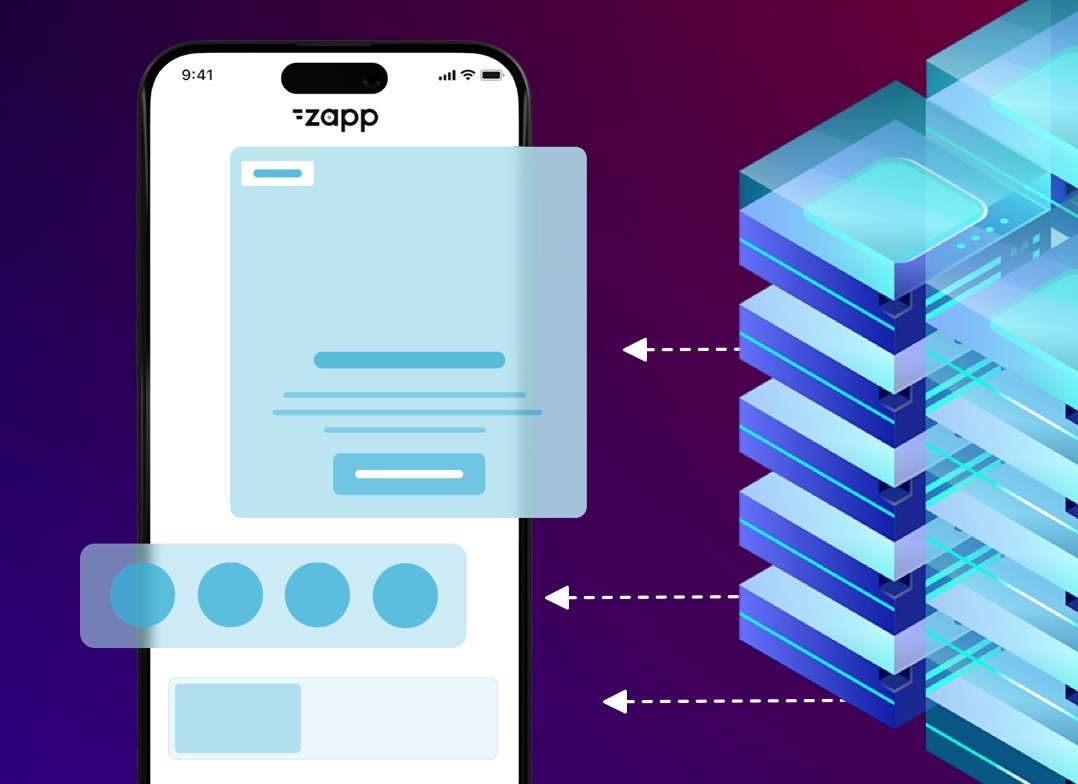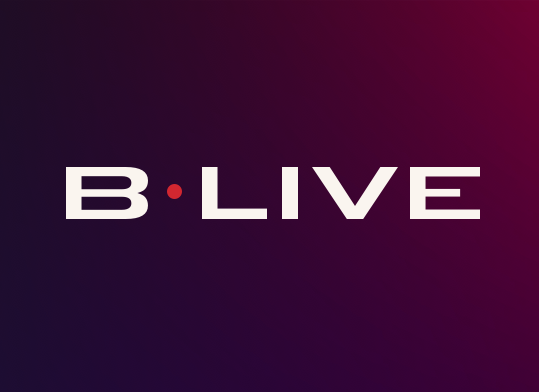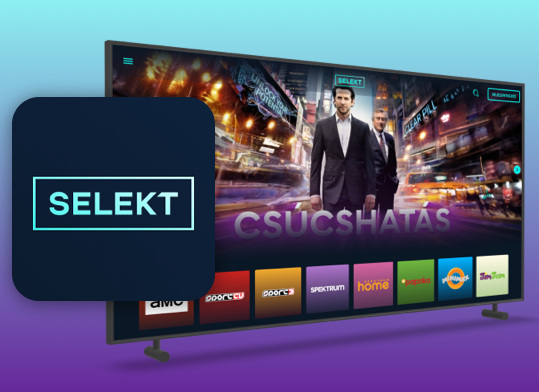In the last two years there we’ve been talking about the Streaming Wars, when all the media companies focused on the distribution of their streaming content, focusing their efforts on the direct relationship with their audience and generating the boom in the consumption of series and content on-demand. The same boom was generated by the DVD 10 years before when Netflix shipped more than a billion DVDs to its members, and the operation of the so-called automatic kiosks that rented and sold DVDs was hoping their business would reach $3 billion annually in 2009.
This 2022 enters full of agreements and consolidation, where companies join forces to deliver their best content offer, obtain excellence in their operations and maintain the direct relationship with their audience. The merger of Univision and Televisa, Warner Media and Discovery in the Americas, the agreement between Sky and Paramount in Europe, culminate the previous acquisitions of You.i and TWC by Warner Media, the one of VIX by Univision or the one of RLJ by AMC. The new scenario is created, now is the time to achieve a lasting relationship with the audience.
How to maintain a good relationship with the audience?
In the same way that after getting our first date, we decide if we want to continue seeing each other and getting to know each other more, after a time of relationship we must focus on keeping it alive and not letting it die of boredom or fall due to lack of interest, The beauty of Streaming turns the audience into unique users, allowing us to understand who we count as true fan or with whom we have a more sporadic relationship.
According to Nielsen, 37% of people choose a streaming service to watch specific content that cannot be found anywhere else, with on-demand content outweighing live content, with the exception of sports - I would add. How to maintain a good relationship after that first date? As an OTT platform, the main objective is to maintain that relationship.
Content plays a critical role in user acquisition and the overall success of the video service, but what keeps users sticking is making it easily accessible and providing a differentiated and enjoyable viewing experience. Studies have shown that consumers prioritize an easily and attractively accessible user experience and content gallery over pricing, monthly promotions or discounts.
User interface (UI) and user experience (UX) are intertwined and essential in delivering content on OTT streaming services. But what is the difference between them?
While the user interface is generally concerned with the user 's interaction with software and applications, user experience is concerned with how a user interacts with a brand, product or service. Being the user interface (UI) the series of screens, pages and visual elements, such as buttons and icons, that allow a person to interact with a product or service. User experience (UX), on the other hand, is the internal experience that a person has when interacting with all aspects of the products and services of the company or brand, in this case, with the chosen streaming service.
The more similar apps are to each other, the more important the experience and its updates is as a differentiator. Users are sensitive to any friction while using an app and gravitate towards apps that they feel are easier to use and more engaging in the way content is presented.
Content and experience have the same weight in the perceived value.
Content discovery is the key factor that combines content and good user experience. Having the analytical tools that allow us to know the behavior of users within the applications, as well as their consumption habits, with the help of artificial intelligence algorithms, we think we can generate specific recommendations for each user. But it is not so simple, since the result that the user expects changes depending on his mood and the time of the day.

Together, usability and content drive not only choice decisions, but user experience and user interface drive the subscription decision, motivating users to stay. Creating the feeling of a personal and differentiated experience is now essencial.
There is a big difference between the experience expected from a user who has made the decision to become a subscriber from a user who chooses a free ad-based platform. Subscribers need to be able to locate their favorite content seamlessly, and expect constant updates to both content and user experience to avidi near-inmediat dissatisfaction, while users of a free service offer a higher tolerance.
Households in the United States have an average of 5 to 6 streaming services. And it seems that the only limit is the wallet of each user and the growth of free streaming services over subscription options. For this reason, we are seeing more and more companies embracing the combination of both business models, generating their own windows and differentiating premium and free user experiences. Some in the same service as VIX or Peacock, some in different services as Pluto or Paramount +. Curious about how Disney and Netflix will include their ad-based experience.
What is necessary to create a good user experience?
The creation of an air graphics in conventional television is focused solely on offering a differentiated experience to the audience. Children and sports fans are the most receptive audiences due to the emotionality that accompanies the consumption of such content. But who doesn’t miss the fact that before the premiere of a new season of Game of Thrones, the entire broadcaster’s brand shifts to Winter is Coming? Why do even the most demanding subscribers accept that the premieres are presented in the same way, within the same cell of the application or with a small ribbon announcing “new season”? Let’s imagine that we can transfer that experience from conventional television to promote entertainment to today's user of a streaming service, totally changing the user experience when a big premiere or event comes. Sounds good, right?
Same way that the consumption of pay and commercial television has been transferred to streaming services, the tasks of content programming and its promotion have also been transferred. The next step to successfully maintain the user and increase the usability of the streaming service is to move the promotion of content to an innovative way. Today’s technology allows UX designers to create unique multiplatform experiences for each moment, taking into account the different forms of consumption according to the device and screen size, in order to restore emotion to the end user while discovering new content.
This blog post was based off of an article originally published in Produ.
Sources
The Nielsen Total Audience Report
Is free ad-supported streaming (FAST) the cure for subscriber fatigue?
U.S. Internet Households with OTT Services Have an Average of 5.7 Services
Interested in learning more about effective UX?
Download The Ultimate UX Guide for Video Apps here!




